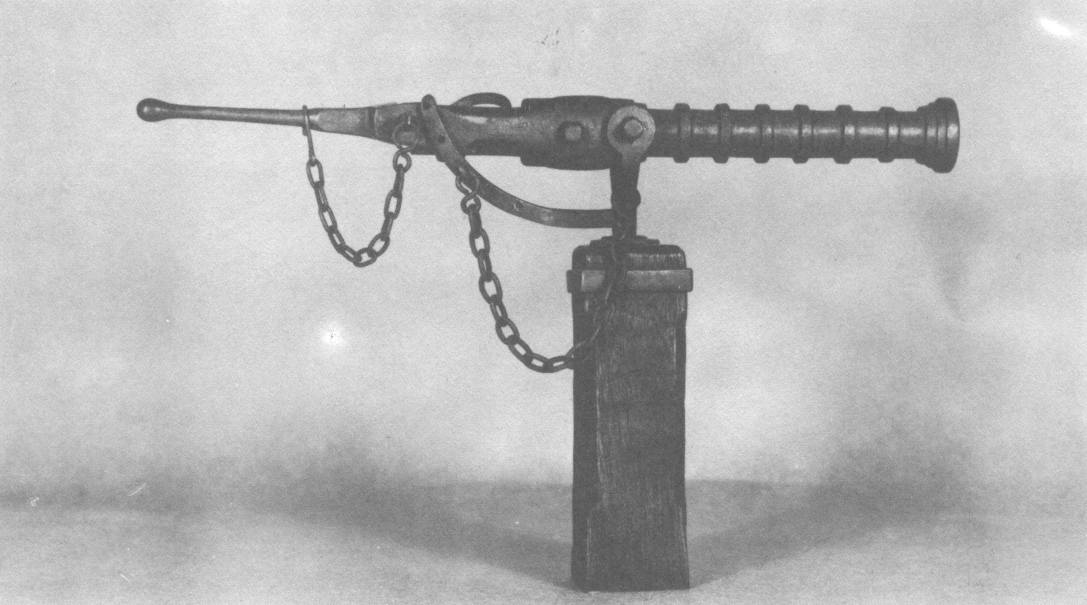 Fig. 1 Model of a 17th century wrought-iron pedrero on a pedestal mount. This particular model was a breech-loader. | |
|
He was not an artillery officer and he apparently knew little if anything about ordnance design and
engineering so it is more likely that these guns may have been designed during his tenure in office and named in his honor.
Unfortunately, no such howitzer that may have been cast at Woolwich is presently known to exist so this theory of a British
origin is yet mere supposition. During the spring and early summer of 1779 Sir Henry Clinton decided to mount an attack against the city of Charleston, South Carolina. On 8 May of that year Major James Pattison, who at that time commanded the Royal Artillery in America wrote to Lt. Col. John Innes in Rhode Island complaining about his lack of "very light Pieces of Artillery," at that particular time. He requested that Innes send him "the two light 3prs with limbers which I believe you style Butterfly's, and two . . . ligonier Howitzers . . . by the first convoy----"13 Compliance with this order was confirmed on the following 1 July in a letter from Gen. Pattison to Sir Henry Clinton, and "Four 3 prs and one Ligonier Howitzer" are listed as having been loaded aboard a ship on the previous day.14 This attempt on Charleston failed, but another more successful was mounted on that city one year later. On 25 April 1780 Captain Johann Hinrichs of the Jåger Corps of Hessen-Cassel recorded the following incident in his journal:
Not all of these small howitzers were used on board ship as swivels. A return of carpenter work performed in February of 1780 includes one "Carriage for small Howitzer" which cost £67.10.0, and a tiller for the carriage which cost an additional £3.15.0.16 A similar return of "work performed by the painters" for that same period includes "1 small Howitzer" carriage and limber which cost £27.0.0.17 These carriages had apparently been painted a "Blue Colour" which would indicate a mixture of white lead and Prussian blue which was quite common for carriages at that time. Another return of work performed by the blacksmiths at this time included "Iron work for a Small Howitzer" which weighed 40 pounds and cost £240.0.0. They also made an "Elevating Screw for a small Howitzer" which weighed 3 pounds and cost £67.10.0.18 |